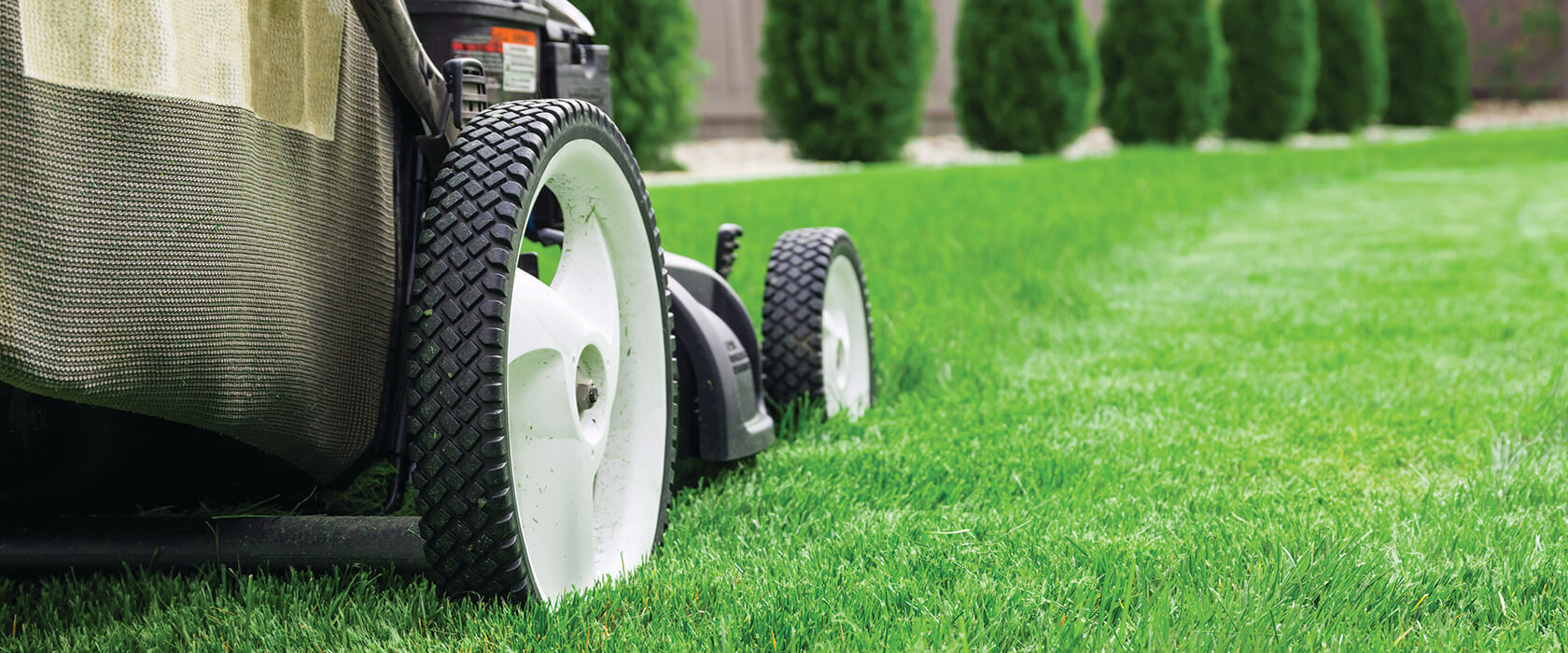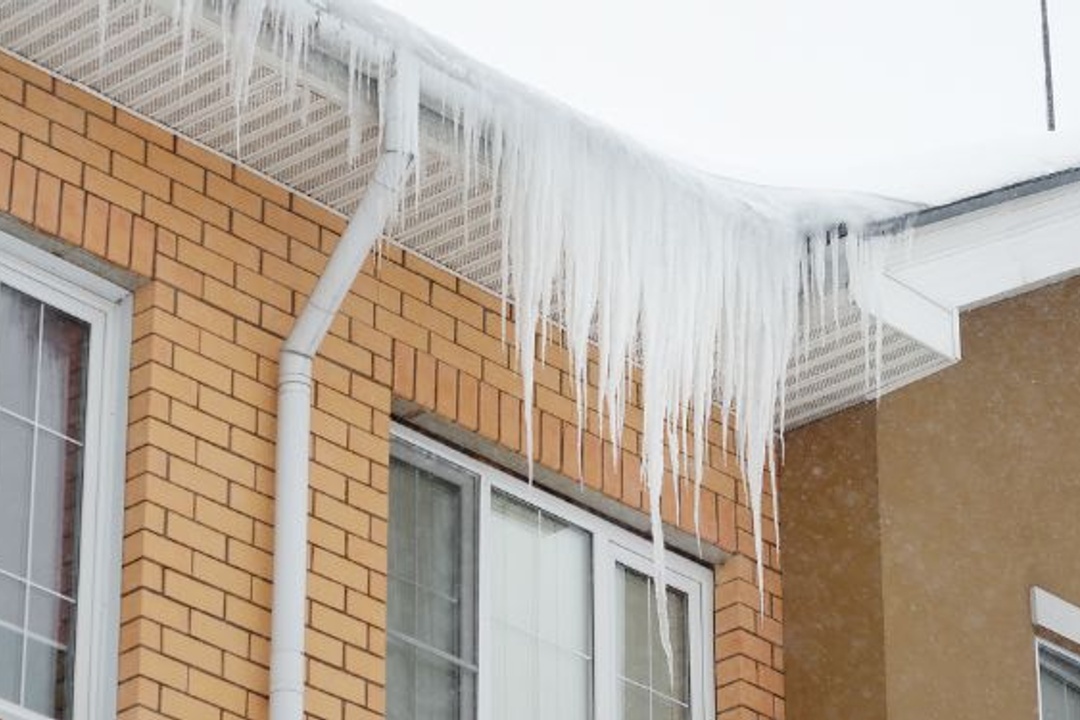
Texas Summers can get downright miserable, upwards of 100 degrees and humid. It’s not uncommon to see lawns suffering in the dead of summer, especially during times of drought. While we’ve been pretty lucky with the amount of rain received lately, it’s never a bad idea to begin preparing your lawn early for the harsh summer ahead. We caught up with lawn care expert Jake Hill from LawnStarter Lawn Care, who shared his tips and best practices for keeping a healthy lawn all year round.
Summer lawn care begins in the spring. Jake advises that about once every other year, homeowners should aerate their lawn to alleviate soil compaction and thus allow their lawn to breathe. “Just like a person – grass needs air, food, and water to survive (and the appropriate amount to thrive). Most homeowners in Texas have warm-season grass types, so I recommend aerating in the late spring because grass heals best during the growing season.” Aeration involves perforating the lawn with tiny holes by removing “plugs” of soil from the lawn. This process, probably best left to the professionals, opens up the lawn’s ‘pores’ allowing water and fertilizer to get down deeper into the root system while also allowing the roots to breathe.
Also – don’t forget to rake your leaves! Jake advises, “If the homeowner has a yard with an abundance of trees, it’s important to get those leaves off the lawn in early springtime – yet again, allowing the lawn to breathe. Grass can suffocate under a dense layer of leaves, especially after the leaves become wet with rainfall.”
Ensure grass is the optimal length for summer survival. Grass has various optimal lengths, depending on the type of grass your lawn is made up of. In Texas, it’s common for lawns to have a mix of St. Augustine and Bermuda grasses.
The optimal lengths are below:
.png)
Since homeowners in Texas typically have a mix of Bermuda and St. Augustine and mow on average ever two weeks, Jake recommends a general height between 2.5 and 3 inches. Another aspect to consider? The “golden rule” of lawn mowing, “Never remove more than 1/3 of the grass blade at a time. Doing so can send the grass plant into shock. It’s like cutting too many branches off a tree at once.” If you keep your lawn trimmed and maintain it at about every two weeks, it shouldn’t be difficult to follow the golden rule.
Be careful not to over water. Despite what many people may think, it’s actually possible (and very common) for people to OVER water their lawn, especially those who water in the evenings. “While yes, you should never water your lawn during peak sunlight hours (doing so actually turns the little droplets into tiny magnifying glasses and can quite literally burn your lawn), it’s important to remember that grass does need to dry off eventually,” says Jake. “I recommend watering early in the morning.”
It’s imperative that lawns receive at least one inch of rainfall (or any kind of water) per week, and that number jumps up a bit if the heat is severe. Jake suggests using a rain gauge or straight-sided can to keep track of the amount of water received from rainfall and irrigation. “A can of tuna usually does the trick! A tuna can is about one inch in height, so once the can is full, you’ve known you watered your lawn at least an inch, and you can set your sprinkler system to run for that amount of time.”
Another great tip? Water deeply and less frequently to encourage drought-tolerant roots. This means that it’s better to water once or twice a week for a longer period of time than it is to water your lawn every day.
If it isn’t working – get rid of it! One of Jake’s best tips actually involves getting rid of some of the lawn. “Nobody likes a patchy lawn, and the reality is that some areas of the lawn are just never going to be prime real estate for growing grass. So, if a homeowner has found themselves season after season trying to get grass to grow where it won’t, my personal recommendation is to get rid of that piece of lawn and replace it with a rock bed or flower bed.”
Areas that see heavy foot traffic, too much shade, are under a tree, or along a fence often have trouble keeping grass healthy. Get creative and put in a grilling area, seating area, or beautiful garden! Contact a local landscaping professional if you lack inspiration as they are sure to have some great ideas.
Sharpen that blade. We asked Jake if there was one tip he could give to clients to keep their lawn healthy, what would it be? He recommends sharpening your mower blade at the beginning of every new lawn care season. “It’s weird I know, but I relate it to people biting their fingernails. Biting your fingernails makes them grow back uneven, jagged, and full of hang nails. Using a nail clipper allows your fingernails to grow in smooth, strong, and attractive.”
“Much like fingernails, grass needs a clean, smooth cut in order to grow in lush, dense, and green. If you ever spot grass that’s perfectly green except for little, obnoxious, brown frosted tips – the chances are that person was having their lawn mowed with a dull blade. A sharp blade (instead of ripping grass apart) makes a clean, smooth cut and allows the grass to grow back strong and healthy.”
This is actually the number one problem the folks at LawnStarter Lawn Care see with homeowners taking charge of their lawn care. Most people don’t realize that years of ripping the tips off the blade can result in various lawn diseases and just a downright ugly lawn.
With these tips now on your radar, it should be a lot easier to keep your lawn healthy – even during the grueling summer months. If it seems daunting to take care of all of this yourself, hire a professional to do it for you – it’s very affordable! “Most of us take grass for granted,” Jake concluded. “We think of it as our yard’s carpet instead of a living, breathing thing. It needs the same things we do to survive: food, water, air, and good hygiene. Especially good hygiene.”










